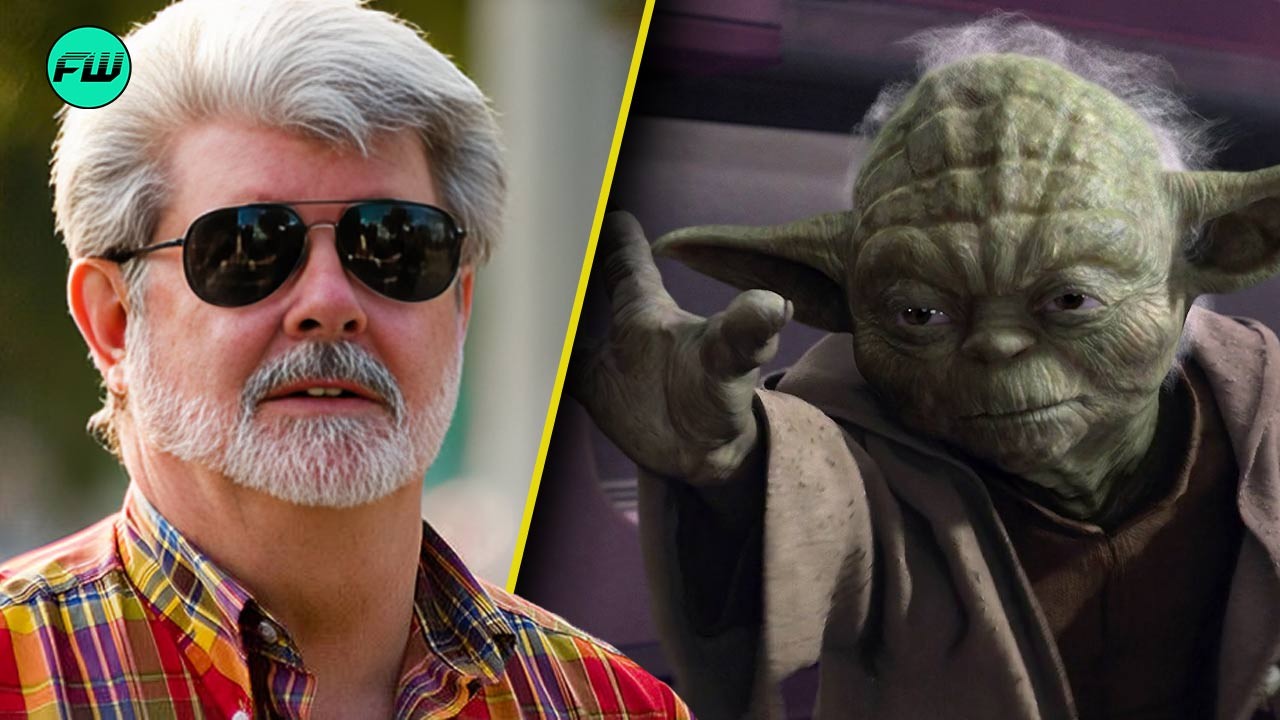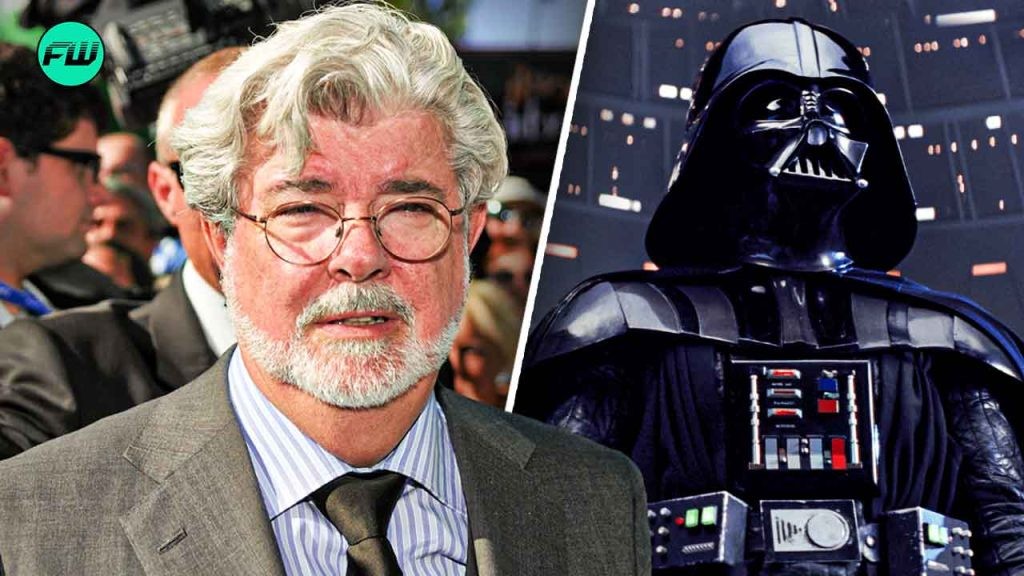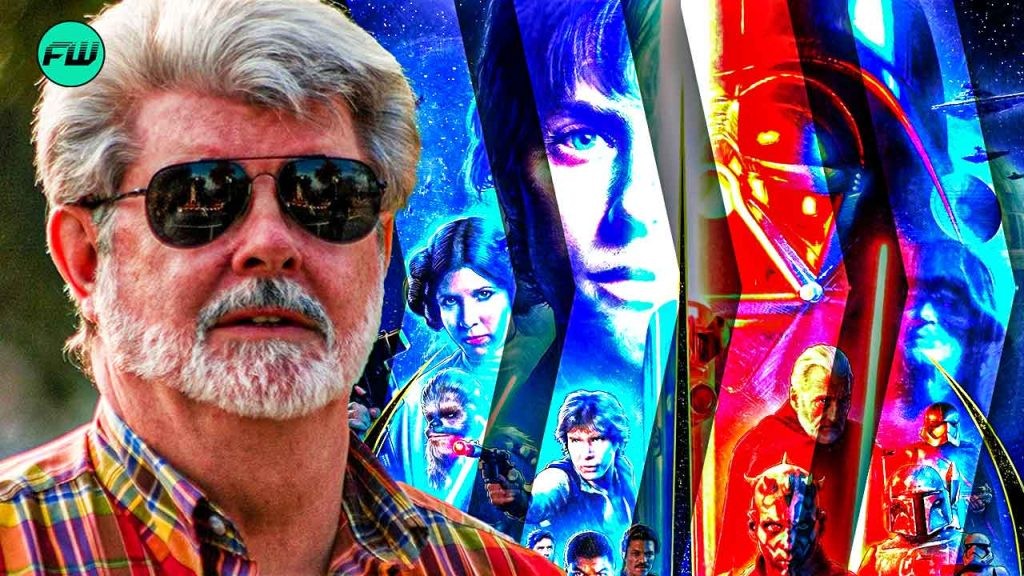For George Lucas, Star Wars was the culmination of his creative journey – one that sought to redefine cinematic excellence by introducing a universe so divergent that it would make the audience balk at the scale of his extraordinary epic.
![Star Wars: A New Hope feat. C-3PO and R2D2 [Credit: LucasFilm] Star Wars: A New Hope feat. C-3PO and R2D2 [Credit: LucasFilm]](https://fwmedia.fandomwire.com/wp-content/uploads/2024/07/02161214/Star-Wars-A-New-Hope-%E2%80%93-C-3PO-and-R2D2-.jpg)
However, Star Wars became much more than that. It established a cult of tropes that became fixtures in the film industry, thus helping to reshape how stories were told and tragedies were framed. No other IP ever came close to replicating George Lucas’ astounding masterpiece and yet, there existed huge roadblocks at the beginning of his journey – as with all journeys that end up creating history.
Star Wars, George Lucas, and the Impact of Biology
Almost all of the concepts that make up the building blocks of Star Wars are rooted in tangible science, including the Force. Described as an essential element present in all living beings that allows them to perceive and influence their surrounding energy fields, Force-sensitive individuals soon began to be placed at the heart of every Star Wars story – be it Luke, Yoda, Darth Vader, the Jedi, or even the Clone Wars.
![Star Wars: Episode III – Revenge of the Sith (2005) [Credit: LucasFilm] Star Wars: Episode III – Revenge of the Sith (2005) [Credit: LucasFilm]](https://fwmedia.fandomwire.com/wp-content/uploads/2024/07/02161538/Star-Wars-Episode-III-%E2%80%93-Revenge-of-the-Sith-2005-Credit-Lucasfilm.jpeg)
Soon enough, there needed to be an explanation that could substantiate the existence of such a powerfully necessary element of the story. According to George Lucas, that explanation could be found in the pages of biology textbooks, that claimed mitochondria were the powerhouse of the cell.
At one time, the mitochondria were believed to have been an independent organic species that later merged with hosts, forming a symbiotic relationship, which explains why they exist within cells and yet possess a completely unique set of DNA separate from their hosts.
Lucas shaped the concept of midi-chlorian around the existing mitochondria, establishing them as a microscopic species that binds the Living Force and the Cosmic Force, and were the foundation of all life itself. But such a heavy concept was beyond the understanding of the studio heads. Lucas revealed in a 2005 interview with Rolling Stone:
Everybody said to drop the stuff about the midichlorians, it makes it too confusing. But it’s a metaphor for a symbiotic relationship that allows life to exist. Everybody said it was going to be a giant turkey: “This isn’t going to help LucasFilm at all.” I said, “This is about the movie and the company is just going to have to deal with whatever happens.”
In the end, Yoda did end up making the trip to the center of the galaxy and having a tête-à-tête with the Force Priestesses as seen in Star Wars: The Clone Wars. In other words, Lucas did prevail as did his well-formulated and fleshed-out concept of the midi-chlorians.
George Lucas Was a Genius Born Ahead of His Time
![The original trilogy protagonists of Star Wars [Credit: LucasFilm] The original trilogy protagonists of Star Wars [Credit: LucasFilm]](https://fwmedia.fandomwire.com/wp-content/uploads/2024/07/02161733/Star-Wars-trio-Credit-Lucasfilm_20th-Century-Studios-1024x437.jpg)
Before Sir Isaac Newton, the concept of gravity had existed only subconsciously since no one was equipped or qualified enough to discover, study, analyze, and explain the phenomenon. Before George Lucas, tropes of science-fiction, space opera, good vs. evil, religion, and biology had all existed but it took the genius mind of the Star Wars creator to combine all of the factors and conceive the galaxy far, far away.
However, initial resistance amounted to huge roadblocks whenever the visionary mind of Lucas conjured up a concept that was too complicated for the likes of studio executives and producers. Luckily, the New Hollywood era of the 1960s and 1970s disavowed institutions and followed the whims of maverick directors by letting them have complete creative free rein.
This, in turn, helped in establishing some of the most creatively overwhelming, bold, and unbridled stories – including Star Wars – before corporations, suits, and studio systems reined in directors and their creative visions.
By the time George Lucas was enslaved to the wills and dictions of CEOs and box office profit charts, Star Wars had already started reforming the popular culture of the era, breathing life into the sci-fi franchise that nobody would have invested in if not for the visionary ambition of the director and his team of loyal followers.
All Star Wars franchise projects are available for streaming on Disney+




